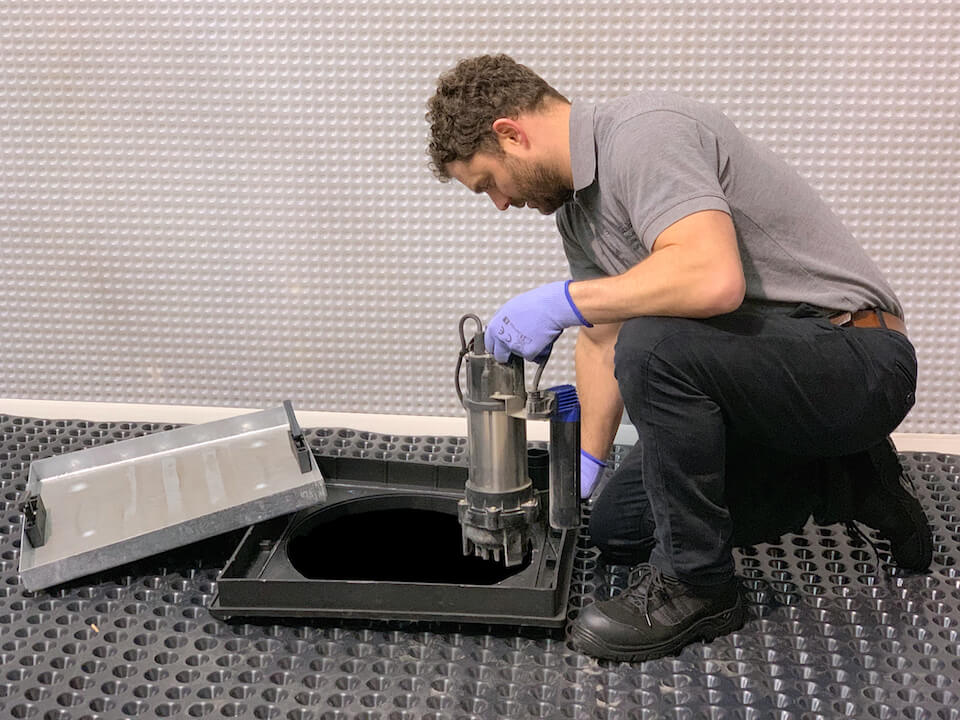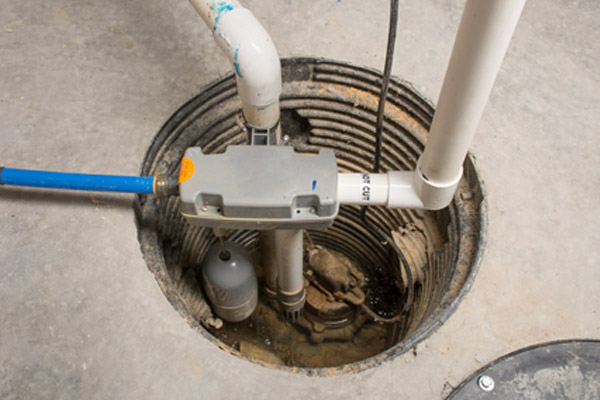Just how do you feel when it comes to How To Effectively Clean A Sump Pump?

Sump pumps are important components in numerous homes, especially in locations prone to flooding or extreme wetness. They aid avoid water damages by effectively eliminating excess water from basements or crawl spaces. Nevertheless, like any other home appliance, sump pumps need regular upkeep to guarantee they function efficiently when required the most. Cleansing your sump pump is an essential part of its maintenance, and comprehending how to do it properly can save you from expensive repair work and possible disasters.
Intro
Maintaining a clean sump pump is crucial for its proper functioning and durability. Neglecting this necessary job can result in obstructions, breakdowns, and inevitably, water damages to your home. Therefore, learning exactly how to clean up a sump pump is critical for property owners who rely on these tools to maintain their cellars completely dry and protected.
Understanding the Sump Pump
Prior to diving into the cleaning procedure, it's vital to have a fundamental understanding of how a sump pump works. Generally mounted in a pit or basin listed below the cellar flooring, a sump pump contains several vital components, consisting of a pump, a float button, and a discharge pipeline. When water gathers in the pit, the float button turns on the pump, which after that pumps the water out through the discharge pipe, far from the building's foundation.
Indications of a Dirty Sump Pump
Understanding when your sump pump needs cleaning is essential for protecting against possible breakdowns. Some typical signs that indicate an unclean sump pump include odd noises throughout operation, decreased water circulation, and visible particles in the pit. If you discover any one of these signs, it's necessary to cleanse your sump pump immediately to avoid any type of further problems.
Preparing for Cleansing
Before you begin cleansing your sump pump, it's essential to take some safety preventative measures. Start by shutting down the power to the pump to prevent any kind of electric crashes. Additionally, wear proper safety equipment, such as handwear covers and safety glasses, to shield on your own from dust, particles, and possible virus.
Step-by-step Guide to Cleansing a Sump Pump
Shutting down the Power
Begin by separating the power supply to the sump pump to avoid any accidents while cleaning.
Removing Debris and Dust
Utilize a pail or a scoop to remove any kind of visible particles, dust, or debris from the sump pit. Dispose of the debris correctly to stop it from blocking the pump or the discharge pipe.
Cleaning up the Pump and Drift Switch
When the pit is clear of debris, meticulously remove the pump from the pit. Inspect the pump and the float switch for any kind of indications of damages or wear. Utilize a soft brush or fabric to cleanse the surfaces and eliminate any type of gathered grime.
Purging the System
After cleansing the pump and float button, purge the sump pit with tidy water to eliminate any type of remaining dirt or sediment. This will help ensure that the pump operates efficiently and efficiently.
Looking For Appropriate Functioning
Prior to re-installing the pump, do a quick test to ensure that the float button turns on the pump properly. Put some water right into the sump pit and observe the pump's procedure. If whatever is operating correctly, you can reconstruct the pump and reconnect the power supply.
Upkeep Tips to Maintain Your Sump Pump Clean
Along with routine cleansing, there are numerous upkeep ideas you can comply with to keep your sump pump in optimal condition:
Final thought
Cleaning your sump pump is a vital facet of its maintenance and makes sure that it runs efficiently when you need it the most. By complying with the steps detailed in this guide and integrating regular maintenance right into your routine, you can prolong the life-span of your sump pump and shield your home from water damage.
6 STEPS ON HOW TO CLEAN A SUMP PUMP PROPERLY
UNDERSTANDING SUMP PUMPS
Your sump pump plays a crucial role in protecting your home by managing and removing excess water. It primarily functions as a “shield”, guarding your basement against the damaging effects of water accumulation. The pump is housed in a sump pit in the lowest part of your basement, and its job is to pump out any water that collects there.
During heavy rainfalls or when snow melts rapidly, water can infiltrate your basement, posing potential risks like flooding, structural damage, and harmful mold growth. Here, the sump pump springs into action, pumping out the intruding water and directing it away from your home.
SAFETY FIRST
Before cleaning, remember to prioritize safety. Disconnect the sump pump from the power source to prevent any accidental electric shocks. Also, wear sturdy gloves to protect your hands from any sharp or dirty components within the pump.
REMOVE THE SUMP PUMP
After ensuring your safety, the next step is to remove the sump pump from its pit. Doing this might require careful maneuvering as you don’t want to damage any pump components. Once removed, clean the sump pit to remove any accumulated debris or sludge.
INSPECT THE PUMP
Inspect the pump for any visible signs of wear or damage. Check the power cord, float switch, and impeller housing. If any components look worn out or damaged, consider replacing them to ensure optimal performance.
CLEAN THE PUMP
Thoroughly clean the pump with warm, soapy water. Make sure to rid it of any dirt, gravel, or other debris that might impede its performance. You can use a toothbrush to clean the small, hard-to-reach parts of the pump.
REINSTALL THE SUMP PUMP
Reinstall the pump into the sump pit Make sure it’s positioned correctly to remove the water effectively Once it’s back in place, reconnect it to the power source TEST THE PUMP
Finally, pour some water into the pit to ensure the pump works correctly. It should start automatically and begin pumping out the water; if it doesn’t, check the power source and the positioning of the pump.
Remember, while cleaning your sump pump is an essential part of home maintenance, hiring a professional plumber for a thorough inspection and cleaning at least once a year is also important. This will ensure that your pump is in optimal condition, ready to protect your home from potential water damage.
BEST PRACTICES FOR CLEANING SUMP PUMP DISCHARGE PIPES
Regular Inspection: Regularly inspect your discharge pipes, especially during heavy rainfall or snowmelt periods. Look for any signs of blockage or damage. Early detection of problems can prevent serious issues down the line. Periodic Cleaning: Over time, sediment and debris can accumulate in the discharge pipes, impeding the flow of water. Regular cleaning helps keep the pipes clear and functioning efficiently. You can use a high-pressure water jet to effectively clean the pipes. Insulation During Winter: In colder climates, discharge pipes can freeze, blocking the outflow of water. Protect your discharge pipes from freezing temperatures by insulating them with foam pipe insulation. This will ensure the sump pump can continue to discharge water even in freezing conditions. Proper Positioning: The discharge pipe should be positioned to direct water away from your home’s foundation. Improper positioning can lead to water seeping back into the basement. Ensure the pipe is long enough and angled correctly. Installation of a Check Valve: A check valve prevents water from flowing back into your sump pit after the pump has pushed it out. Installing a check valve helps maintain the efficiency of your sump pump and reduces the risk of flooding. Minimize Pipe Turns: Every curve or turn in the discharge pipe can decrease the efficiency of water flow. By minimizing turns and bends in your discharge pipe, you can increase the efficiency of your sump pump. https://www.fullspeedplumbing.com/how-to-clean-a-sump-pump-properly9999/

I recently found that article on How to Care for Your Sump Pump when exploring the internet. Liked our entry? Please quickly share it. Help other people check it out. Bless you for being here. Kindly check our blog back soon.
Visit The Following Page